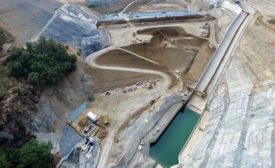Articles by Scott Blair
Judges Pick Winners of ENR’s Best of the Best Projects Competition
Contest highlights the pinnacle of project achievement across the U.S.
Read More
The latest news and information
#1 Source for Construction News, Data, Rankings, Analysis, and Commentary
JOIN ENR UNLIMITEDCopyright ©2024. All Rights Reserved BNP Media.
Design, CMS, Hosting & Web Development :: ePublishing











